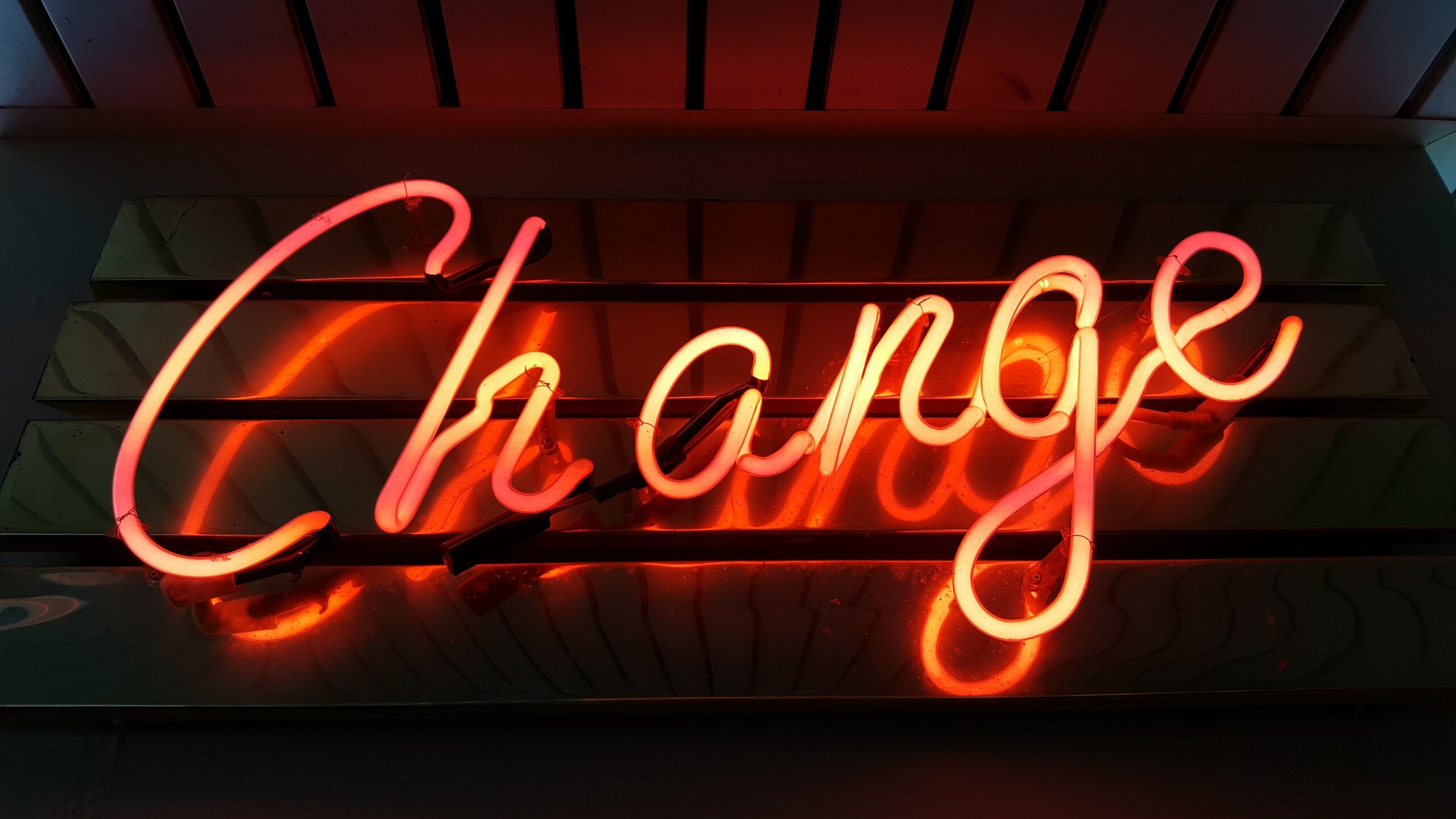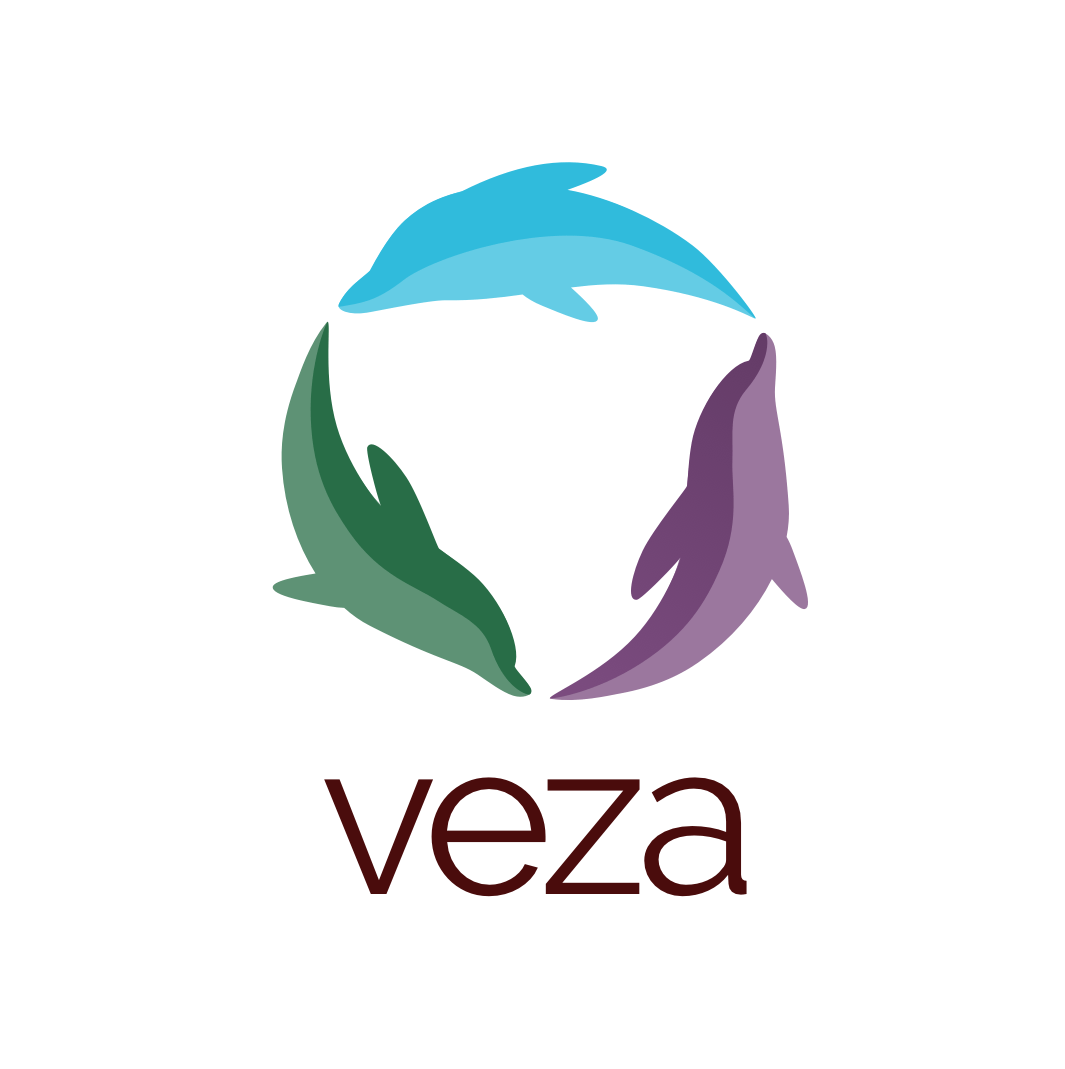
by Manpreet Dhillon | Mar 3, 2023 | Community, Diversity, Equality, Management
Equity, Diversity, and Inclusion (EDI) have been important considerations in the workplace for many years. However, it’s time to move beyond this way of thinking and approach EDI from a different angle. Enter “IDEA+B”—an acronym that stands for Inclusion, Diversity, Equity, Accessibility, & Belonging.
This new framework flips the traditional viewpoint on its head and puts inclusion front and center as a core value of any business. This approach recognizes that inclusion in the workplace is the starting point to achieving greater equity, diversity of thought, accessibility, and ultimately a greater sense of belonging.
What Is IDEA+B?
IDEA+B is a new way of looking at EDI that puts inclusion first. Instead of starting with equitable systems and processes as a means to attract diversity and result in inclusion, IDEA + B starts with inclusion, leading to diversity of thought and equity. It encourages businesses to prioritize creating an inclusive environment where everyone can feel welcome and valued—regardless of their background or identity.
Organizations can think about; how do we bring diversity of thought into everything that we do, and what does that look like?
By making inclusion a central part of their mission statement or corporate values, businesses can inspire employees to think about diversity in terms of what perspectives may be missing or underrepresented within their organization. Creating inclusion in the workplace means understanding that each person’s action or inaction influences how someone else feels. Find out more about how inclusive culture creates community here.
IDEA + B focuses on creating systems and processes that are equitable for all groups within an organization. It emphasizes overcoming barriers that prevent individuals from feeling included, such as language barriers or inaccessible technology platforms. Small gestures such as using progressive, intentional language or recognizing other people’s cultural celebrations can go a long way in helping people feel welcome.
Diversity and Inclusion
Finally, IDEA + B seeks to create a sense of belonging within organizations by asking questions like: “How can we create an environment where everyone feels at home?” Creating an inclusive workspace means understanding different perspectives so all voices can be heard, and everyone feels welcome and respected. Find some simple and practical steps you can take to create a more inclusive company culture here.
The Benefits Of IDEA + B
By implementing IDEA + B into your business practices, you can create an inclusive environment where everyone feels welcomed and valued—no matter who they are or where they come from. This will lead to increased productivity and creativity among employees since they will feel like they are part of a team.
Additionally, organizations will become more attractive to potential hires since candidates will know that their diversity is embraced and valued as they see themselves being reflected within the establishment. Inclusive organizations are also more appealing to customers who want to align their money and values when it comes to who they give their business to.
At Veza, we are shifting our focus to IDEA + B, drawing attention to inclusivity first, allowing a variety of voices to be heard, and then creating truly equitable systems and processes. Ultimately, this leads to more diversity in the workplace, a sense of community, and a feeling of belonging.
This new framework will provide clarity and perspective as we continue to advocate for equity deserving groups, and help you create more equity, diversity, and inclusion in the workplace with a real emphasis on belonging. Find out more about how Veza can support your inclusive culture through assessments and audits here!

by Manpreet Dhillon | Jul 5, 2022 | Community, Diversity, Equality, Management
In the recent news events of Roe vs Wade, it became very clear that benefits can also be inclusive. We saw many companies alter their requirements to accommodate their employees’ needs based on legislation changes.The time we live in is truly about values alignment between employers and employees. Employers are taking a stand as social issues directly impact them. The staff continuously evaluates whether the values of their employer align with their own. This has both a positive and a negative side.The positive is that it supports the attraction of culture and candidates who are likely to stay longer as there is a deep value alignment. Employees are happier and more productive when there is value alignment.The negative that organizations need to watch out for is group think. The whole point of diversity of thought is to have various perspectives so that you can create products and services that serve the needs of the communities you serve.When we have politically aligned individuals to the majority, we may miss a perspective that could serve a portion of our clientele.It is a fine balance between aligning the organization’s values and how politics influences our workplace. Now is the time for conversations and the opportunity to focus on each individual’s contribution.

by Manpreet Dhillon | Jun 30, 2022 | Diversity, Equality, Leadership, Management
Conflict management is one of the greatest skills a leader can have. Many people are experiencing past triggers that directly affect their work experience. In times where societal pressures are impacting our businesses and each of our employees, emotions run high.
For instance, recently, we had a conversation with a team member of one of our clients who grew up in a war-torn region in the world.
They grew up not trusting authority, thinking there was constant corruption, and not knowing whom to trust, even amongst peers.
These thoughts impacted their ability to collaborate with team members, have authentic discussions with their manager, and even take leadership of their projects.
These thoughts weren’t because they didn’t know what to do but because their past experiences impacted their present mindset and belief system.
In this case, the manager needs to understand what this team member needs to feel safe within the organization and how to address collaboration and other team members with more trust.
Trust is hard to build; however, it is possible through transparency, honesty, authenticity, and a touch of vulnerability.
What is your approach to conflicts in your workplace?
Always feel free to take Veza Global Inclusion Self Assessment Quiz to measure where your organization is on the Equity, Diversity and Inclusion maturity model.

by Manpreet Dhillon | Jun 9, 2022 | Community, Diversity, Equality, Management
The change in organizational culture brought about by the EDIB journey can be uncomfortable, difficult, and result in the creation of distinct groups based on beliefs, values, and experiences.
In these cases, it is crucial to bring together the team on organizational values, aligned ways of working, and commonly shared beliefs that impact the work of these individuals.
In our work with clients, much of our audit time is spent advising clients on approaching the change management and coaching them on difficult conversations and team dynamics. Some of our key lessons learned include:
- Understand what your team truly desires either through focus groups or surveys or 1:2:1s
- Understand what the resistance to change may be or will be and how to address it
- Identify champions within the organizations
This is the start of managing organizational change.
Always, feel free to take Veza Global Inclusion Self Assessment Quiz as way to measure where your organization is on the Equity, Diversity and Inclusion maturity model.

by Manpreet Dhillon | Mar 4, 2022 | Business, Coaching, Community, Leadership, Management
What does support for Internal EDIB Committees look like?
In our experience in working with internal EDIB Committees, we do see the 5 stages of team development:
- Forming
- Storming
- Norming
- Performing
- Adjourning
The team usually requires facilitation at the beginning of the EDIB journey for the organization to balance the priorities of individual passions with the organizational mandate/mission.
We usually find that the EDIB committee requires the support of senior leadership to tackle any roadblocks and budget issues. It always helps if senior leadership attends the first few meetings to address frustrations, challenges and provide direction.
The individuals on the committee may volunteer their time, and are often from equity-deserving groups. Veza recommends inviting all who want to be on the committee to join for diversity of thought as well as finding ways to compensate them for their time through monetary means, professional development or time off.
The EDIB committee needs opportunities to have discussions with leadership in order to remain in alignment with the organizational strategy.
The committee is meant to support any EDIB staff, whereas the EDIB staff may work with this committee for advice and deliverables as seen fit.
It is important that this committee be grounded in change management and change communication in order to be successful in their endeavours.
All these supports will empower the individuals on the committee to make the impact they strive to make.
See how we can help you support your EDIB Committee

by Staff | Nov 17, 2021 | Community, Diversity, Equality, Leadership, Management
What is Unconscious Bias?
Scenario: Imagine that you used to work at a coffee shop called “Expresso” and had an amazing experience with the company, even though it was a lot of hard work. Now imagine yourself interviewing two candidates for a position of warehouse worker. One of the candidates used to work at Expresso but has no prior warehouse experience and the other has at least 3 years in warehouse experience. Both candidates are very impressive but only one can fill the position. Who will you choose? You might be more inclined to choose the candidate that worked at Expresso just because you share the same experience even though they are less qualified. This is an example of a phenomenon called unconscious bias and we commit it without knowing. All of us have some form of implicit bias and it is perfectly natural. However, if left unregulated it can be destructive to workplace diversity and inclusion.
TRY: Here is a test you can take from Harvard that is designed to measure strengths of associations you have developed towards social groups.
How Does Unconscious Bias Happen?
The brain is an amazing organ. According to an article by Spectra Diversity, it is constantly working to process billions of information from our environment. However, our attention can only grasp a few stimuli at a time. Therefore, our brain is taking in information in the “background” building connections and associations about our outside world and social groups subconsciously. This is how we are biologically wired to learn and survive and it greatly influences our behaviours, attitudes and decisions.
How Bias Affects Your Workplace
While having implicit bias is a normal human characteristic, it has implications for the workplace that can stunt many of your inclusion and diversity efforts. For example, you might misjudge employee abilities in the hiring and evaluation process keeping you from acquiring the best and most qualified applicants. Workplace bias could also be driving up your costs unnecessarily. Erfan Daliri states that the cost of turnover and rehiring due to workplace bias is up to $64 billion annually. In one report by The Center for Talent Innovation (now called Coqual) bias was associated with more burn out, higher turnover and employee resentment which manifest into conflicts. It was also associated with lower employee retention, engagement and innovation.
Types of Unconscious Bias
Before beginning to manage for implicit bias perhaps the most important and crucial step is to become aware of our own biases. Biases can take many different forms. We’ve listed five that can potentially be in your workplace. For a more comprehensive list check out this article by Lisa O’Donnell at Great Place to Work.
- Gender bias: this one is pretty straight forward. It is favouring one gender over another. For example, hiring on the basis of sex for certain positions or the notion that some genders are better for certain positions. This prevents companies from acquiring the best talent based on credentials.
- Affinity bias: Showing favouritism for people that are similar to us. We all have the tendency to gravitate to people that are like us. For example, sharing the same language, race, religion, experience or even shared interests. However, to stay innovative it is important to include diverse groups with different experiences and characteristics.
- Conformity bias: Our tendency to be influenced with the popular opinion or group majority. Nobody likes feeling rejected or different. Being the social creatures that we are we want to fit in. However, this lack of independent thinking can lower creativity and problem solving in the workplace.
- Halo and horn Effect: the tendency for us to generalize a person based on a single trait. In a halo effect, one amazing trait overshadows our overall perception of someone. For example, if someone is an outstanding negotiator then the rest of their skills must also be great. This also happens for negative traits called the horn effect. For example, if someone is not punctual then they must be not hardworking even though it’s not necessarily true.
- Confirmation bias: Liz Burton from “High Speed Training” explains that this is our tendency to magnify pieces of information that support our opinions or views and overlook or ignore facts that oppose it. It can mislead us from making the best decisions that are rooted in factual information.
Tips to Minimize Unconscious Workplace Bias
- Be more aware of your own bias. You can’t solve what you don’t know. By being more self-aware you can identify hidden biases that exists within your mind and find ways to mitigate it.
- Be more aware of the unconscious bias at your workplace. Try to determine areas in the workplace where implicit bias exist or can occur. Whether that be in the hiring process or in the evaluation process and fix it. Every workplace system is susceptible to bias and it is the duty of a good leader to solve it.
- Encourage an EDI environment. Nurture an environment where employees can feel open and safe to be different and voice their opinions.
- Measure your efforts: Have specific and measurable goals set out for your diversity and inclusion plan. Determine ways you can minimize identified implicit bias at work and measure appropriately. To help you get started read our article on metrics for EDI.
- Training for Diversity and Inclusivity. Having regular training for EDI not only educates staff but may also help with reinforcement. We offer a 4-Module program designed to help you gain the knowledge and leadership skills to apply at your workplace. Learn more about our EDI course
- Diverse leadership. Diversity happens at all levels. Don’t rely on lower-level management to implement diversity efforts, because it matters just as much at the upper level. Management are the ones responsible for making equity, diversity and inclusion (EDI) based decisions. Learn how to be an inclusive leader today and contact us for a consultation.
We hope that you found this article helpful. For more articles like this sign-up for our free newsletters.
Share or leave a comment.
References
“Brain Stuff: The Neuroscience Behind Implicit Bias.” SpectraDiversity , December 27, 2017. https://www.spectradiversity.com/2017/12/27/unconscious-bias
Burton, Liz. “What Is Unconscious Bias in Recruitment?” The Hub | High Speed Training. High Speed Training, December 18, 2017. https://www.highspeedtraining.co.uk/hub/types-of-unconscious-bias/#confirmation
Chisolm-Noel, Anadri. “Recession Fears: Is Your Business Ready?” IMPACT Group. Accessed November 12, 2021. https://www.impactgrouphr.com/insights/recession-fears-is-your-business-ready
Daliri, Erfan. “The Cost of Unconscious Bias.” Web log. Erfan Daliri Social Change Consultant (blog). Erfan Daliri, June 14, 2021. https://www.erfandaliri.com/blog/unconsciousbias
O’Donnell, Lauren. “Understanding Unconscious Bias.” Great Place to Work, July 1, 2020. https://www.greatplacetowork.ca/fr/resources/understanding-unconscious-bias








 Ishu Kler is a photographer and Social Media Manager at Veza Global. She currently owns and operates a freelance photography company called Ishu Kler Creative where she specializes in branding, portrait and event photography. Born and raised in Vancouver, B.C., her love and passion for photography led Ishu to travel and live in New Delhi, India, where she obtained her Diploma in Photography. She also travelled to Costa Rica in 2015, where she obtained her Certificate in Documentary Photography from Photographers Without Borders.
Ishu Kler is a photographer and Social Media Manager at Veza Global. She currently owns and operates a freelance photography company called Ishu Kler Creative where she specializes in branding, portrait and event photography. Born and raised in Vancouver, B.C., her love and passion for photography led Ishu to travel and live in New Delhi, India, where she obtained her Diploma in Photography. She also travelled to Costa Rica in 2015, where she obtained her Certificate in Documentary Photography from Photographers Without Borders.
 Kelsey is a passionate Multimedia Designer & Communications Specialist with a diploma in Multimedia Production and over nine years of diverse design experience in different areas of the world including roles within multinational in-house marketing teams Microsoft and Technetix, marketing agencies and freelance. These experiences have led her to develop strong use of design principles, skills in Adobe Creative Cloud, knowledge in motion graphics and video editing, and knowledge in creating effective communication for a wide range of audiences and cultures.
Kelsey is a passionate Multimedia Designer & Communications Specialist with a diploma in Multimedia Production and over nine years of diverse design experience in different areas of the world including roles within multinational in-house marketing teams Microsoft and Technetix, marketing agencies and freelance. These experiences have led her to develop strong use of design principles, skills in Adobe Creative Cloud, knowledge in motion graphics and video editing, and knowledge in creating effective communication for a wide range of audiences and cultures.




